Mirrors have been an important aspect of interior design for millennia, in addition to their practical use. They are not only useful personal care items, but also formidable instruments in the hands of expert designers. Mirrors have the unique capacity to modify environments by making them appear larger, brighter, and more visually appealing.
This article goes into the many uses of mirrors in interior design, including their history, types, and numerous design strategies.
Historical Perspective
The use of mirrors in interior design dates back to ancient civilizations. The Romans and Greeks used polished metals as reflective surfaces. However, it was during the Renaissance period that the manufacturing of glass mirrors began in Europe, notably in Venice.

These early mirrors were luxury items, symbols of wealth and status. Over time, as manufacturing techniques improved and mirrors became more accessible, their use in interior design proliferated.
Types of Mirrors in Interior Design
Wall Mirrors: These are the most common type, used for both functional and decorative purposes. They come in various shapes and sizes, from full-length mirrors for dressing rooms to small, decorative pieces.
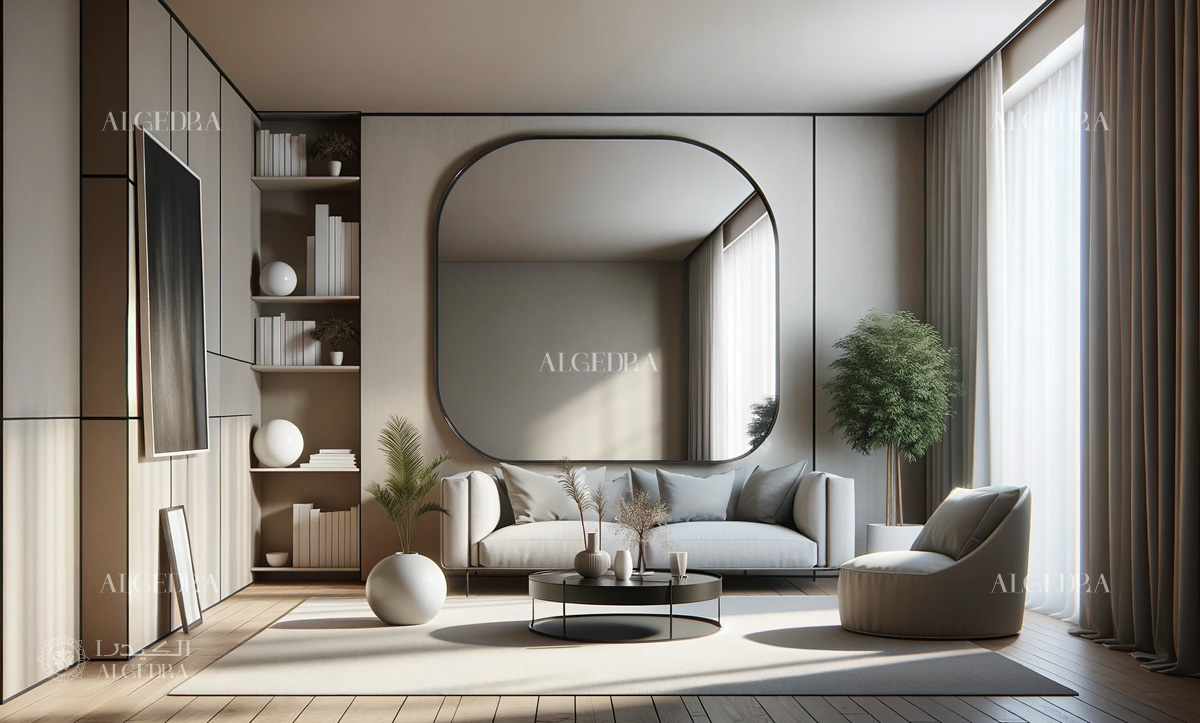
Floor Mirrors: Standing mirrors, often with ornate frames, add a statement to any room. They are particularly useful in bedrooms and dressing areas.
Decorative Mirrors: With unique frames and shapes, these mirrors serve more as art pieces than functional items. They are often used to add character to a space.
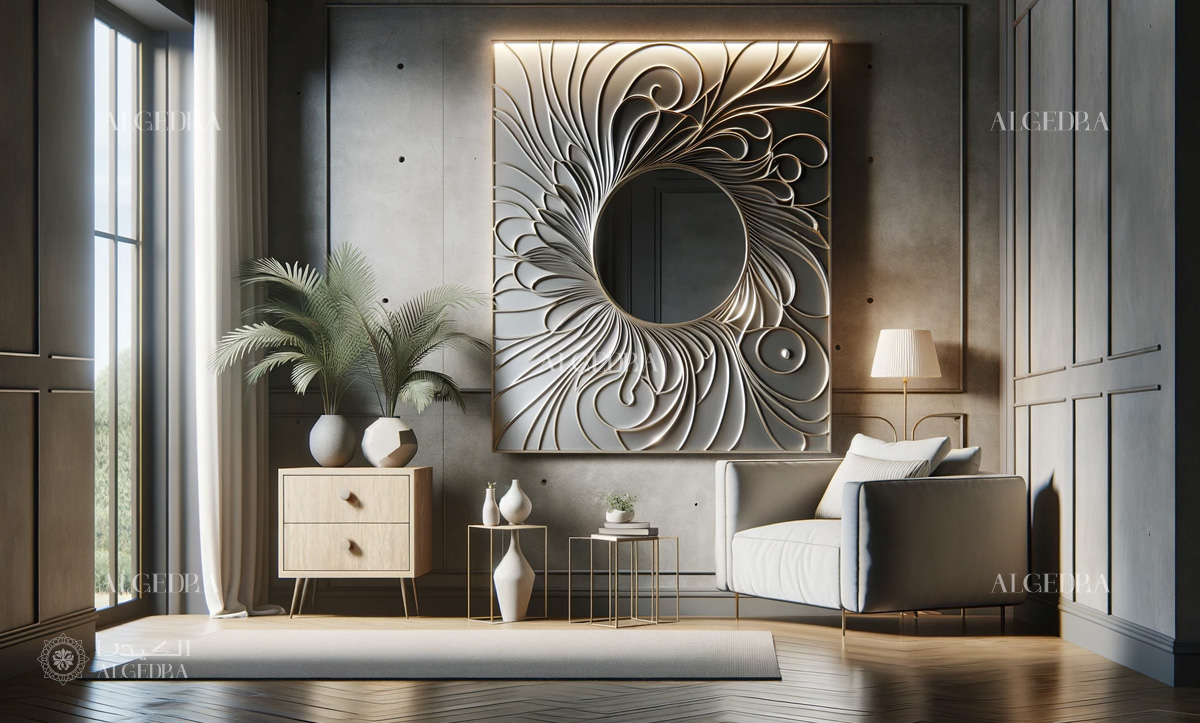
Mirrored Furniture: This includes items like mirrored tables, cabinets, or dresser tops. They contribute to a luxurious and modern feel in interior spaces.
Design Techniques with Mirrors
1- Enhancing Space and Light
Mirrors are famously used to create an illusion of space. Placing a large mirror in a small room can make the room appear twice its size. This effect is further amplified when mirrors are placed opposite windows, reflecting natural light and brightening the space.
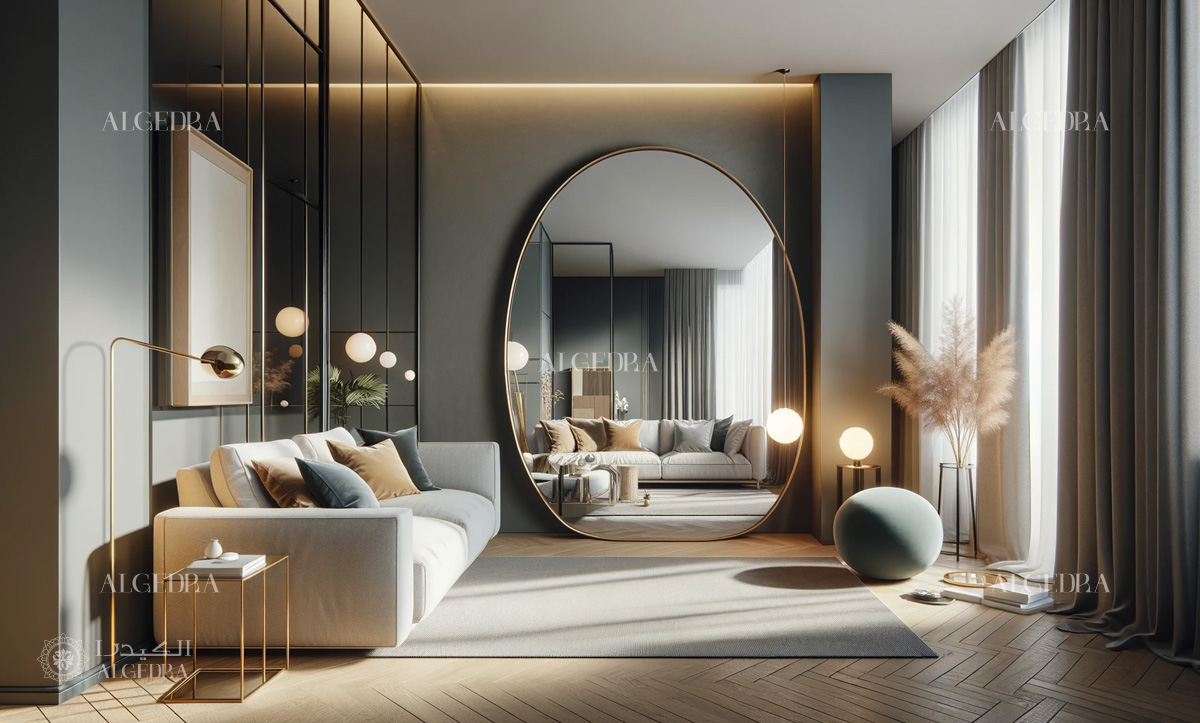
In dimly lit areas, mirrors can be strategically placed to reflect artificial light, enhancing the overall luminosity of the room.
2- Focal Points and Aesthetic Appeal
A well-placed mirror can serve as a stunning focal point in a room. For instance, a large, ornate mirror above a fireplace commands attention and adds a sense of grandeur. In contemporary settings, a series of smaller mirrors with minimalist frames can create an eye-catching display. Mirrors with intricate frames can also add texture and contrast to a room, contributing to its aesthetic depth.
3- Functional Art
Decorative mirrors, especially those with artistic frames or shapes, can be used as functional art. They add visual interest to walls, much like paintings or photographs, while still serving a practical purpose. This blend of utility and beauty is particularly appealing in modern interior design.

4- Creating Continuity and Harmony
Mirrors can be used to create a sense of continuity in a space. By reflecting the surrounding interior elements, mirrors can make a room feel more cohesive and balanced. For example, a mirror that reflects a colorful wall or a beautiful piece of furniture can tie together different elements of the room.
Tips for Incorporating Mirrors in Interior Design
1. Understand the Space: Before choosing a mirror, assess the room’s size, lighting, and style. A large mirror in a small room can create an illusion of space, while a series of smaller mirrors can add interest to a large wall.
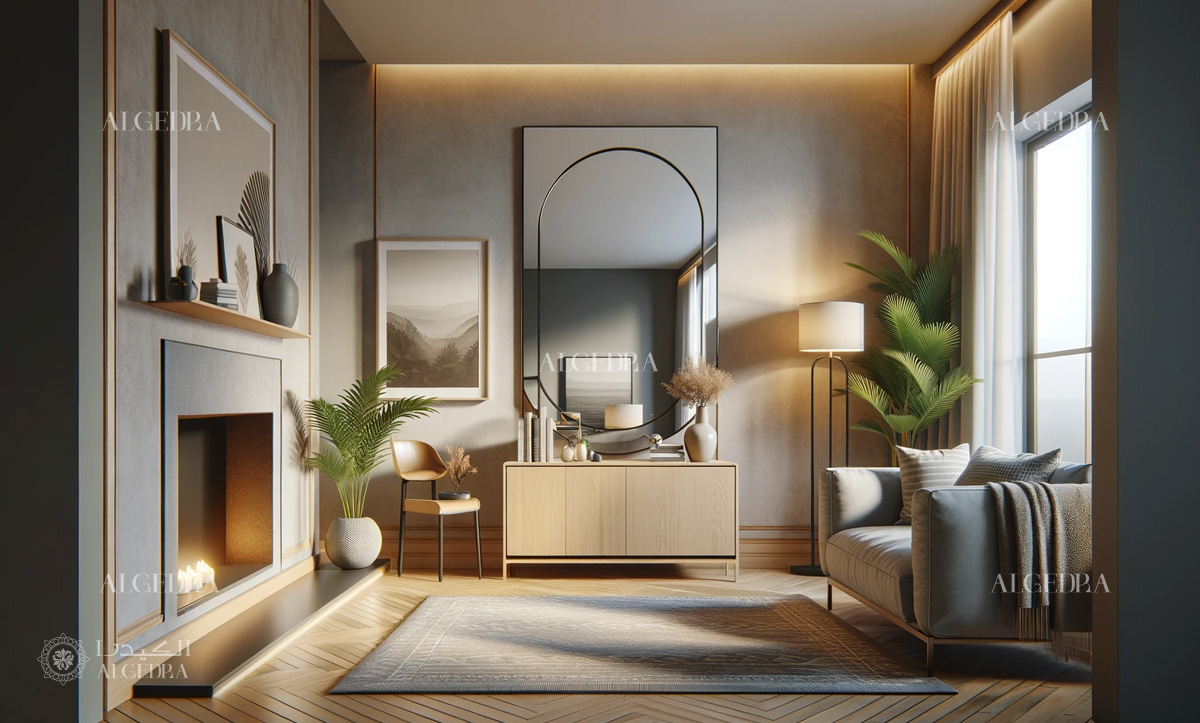
2. Consider the Purpose: Determine if the mirror is primarily for practical use, decoration, or to bring more light into a room. This will guide the size, placement, and style of the mirror.
3. Play with Light: Place mirrors to maximize natural light. A mirror opposite a window brings in more daylight, and when placed to reflect artificial light, it can brighten a dark corner.

4. Use Mirrors as Art: Choose mirrors with unique frames or shapes to use them as art pieces. A mirror can be a focal point in a room, much like a painting.
5. Create Symmetry and Balance: Use mirrors to create a sense of balance in a room. A large mirror can be balanced with smaller decorative elements on the opposite wall.

6. Experiment with Groupings: Grouping multiple mirrors of different sizes and shapes can create a striking feature on a large wall.
7. Reflect Beauty: Position mirrors to reflect the most attractive elements of a room, such as a chandelier, a fireplace, or a view.

8. Consider the Frame: The mirror’s frame can dramatically affect its style. Ornate frames work well in traditional settings, while sleek, frameless designs suit modern interiors.
Styles of Mirrors and Their Incorporation
1. Traditional Elegance
Style: Ornate frames, often in gold or silver finishes.
Incorporation: Perfect for formal living rooms or dining areas. A large, framed mirror above a fireplace or a console table adds classic elegance.
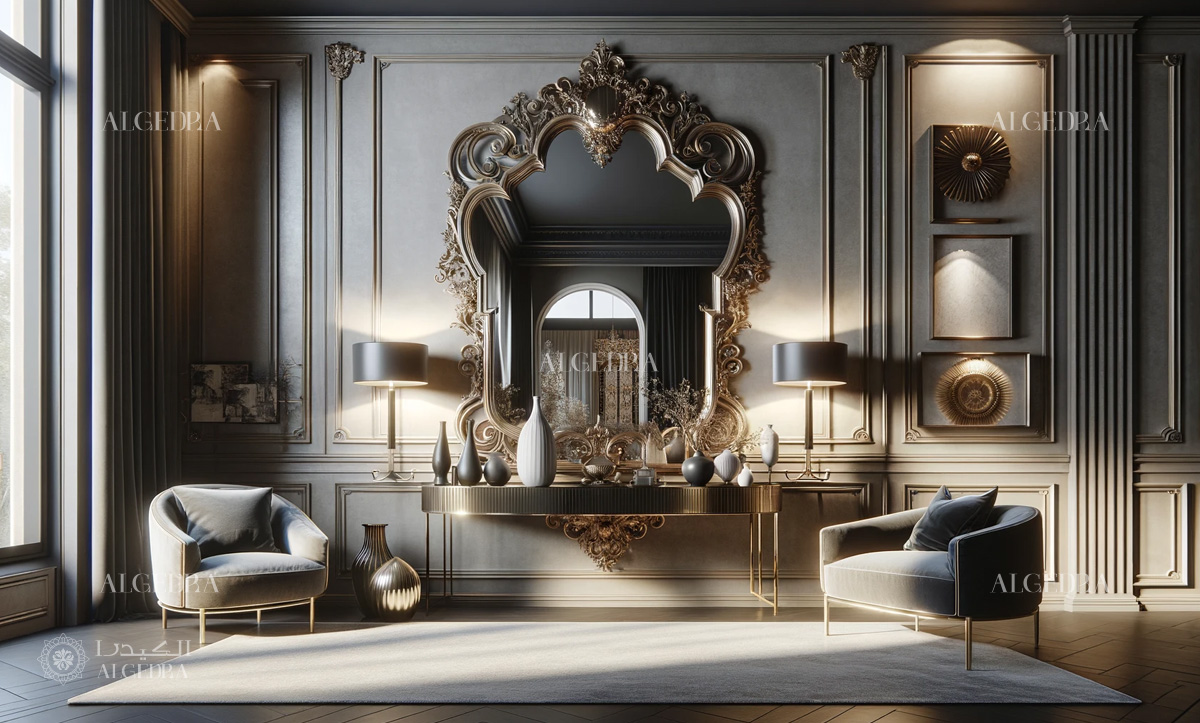
2. Modern Minimalism
Style: Clean lines, frameless or with a simple metal frame.
Incorporation: Ideal for contemporary spaces. Use large, frameless mirrors to create a sleek look, or group small mirrors for a minimalist art display.
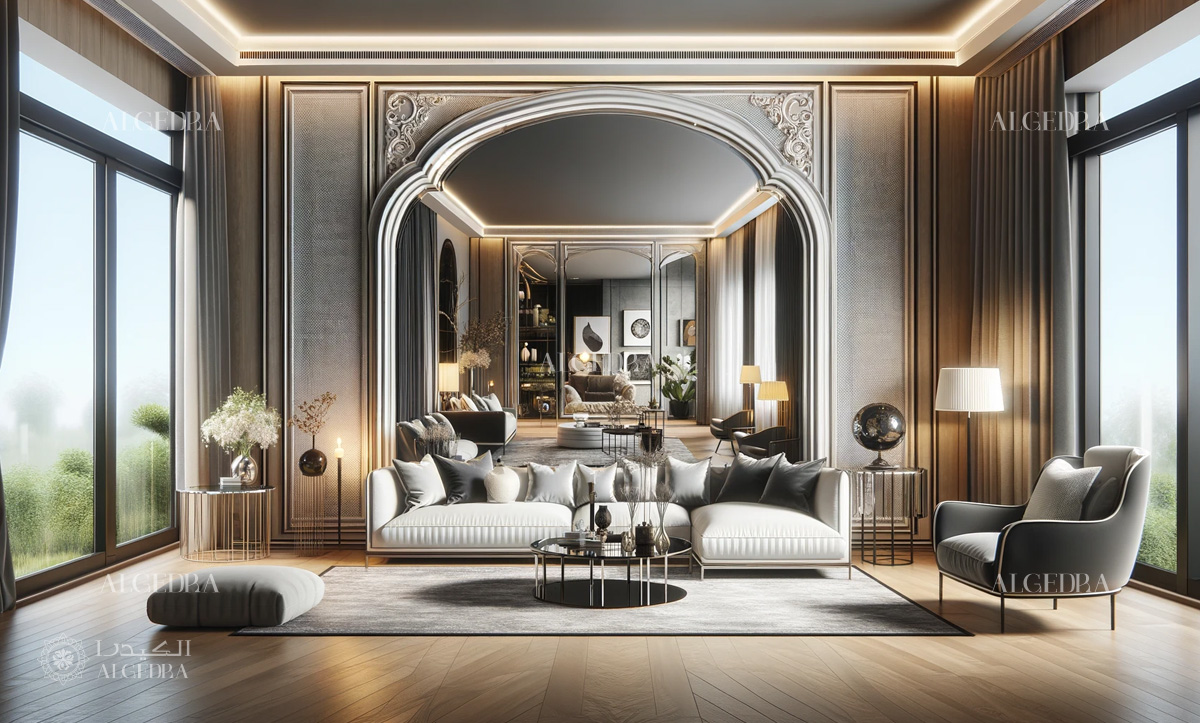
3. Bohemian Chic
Style: Eclectic frames, often in unusual shapes or with colorful designs.
Incorporation: Great for adding personality to casual living spaces. Mix and match different shapes and sizes for a relaxed, artistic feel.

4. Rustic Charm
Style: Frames in natural materials like wood, or with a distressed finish.
Incorporation: Complements cozy, country-style interiors. A large wooden-framed mirror can be a statement piece in a rustic-themed room.
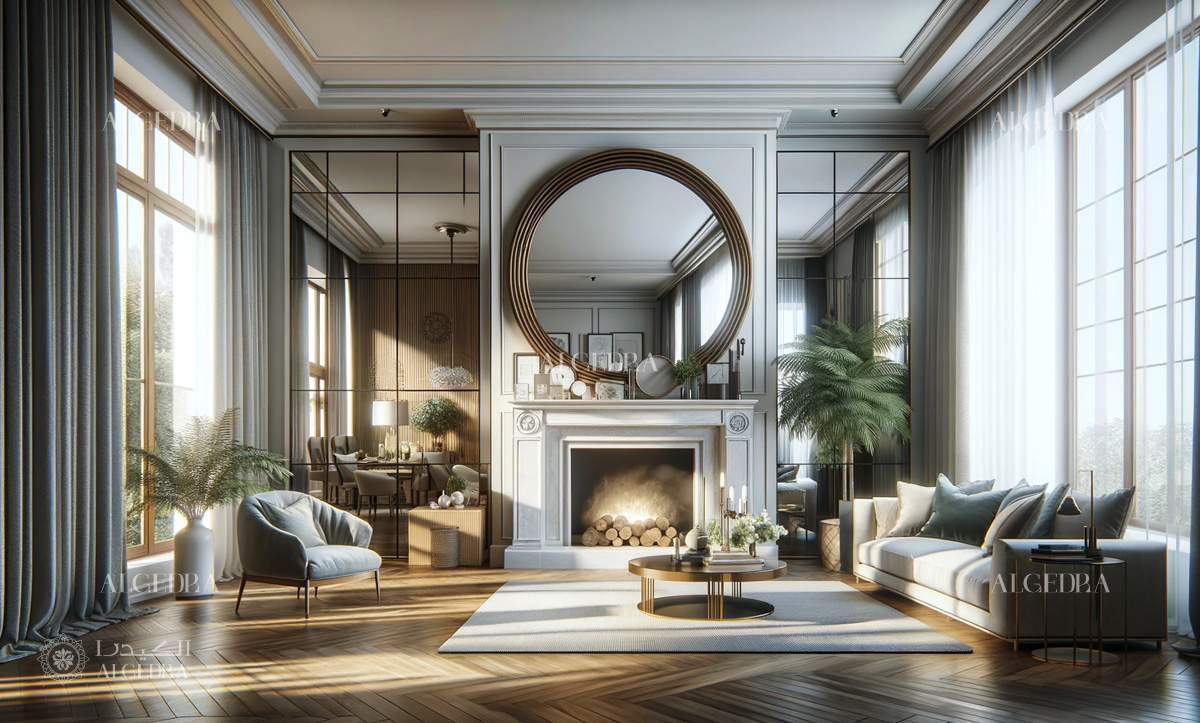
5. Glamorous and Luxurious
Style: Mirrors with ornate, detailed frames, sometimes with crystal elements.
Incorporation: Suited for spaces where a touch of luxury is desired. Mirrored furniture, such as a coffee table or a dresser, can also add to this glamorous look.
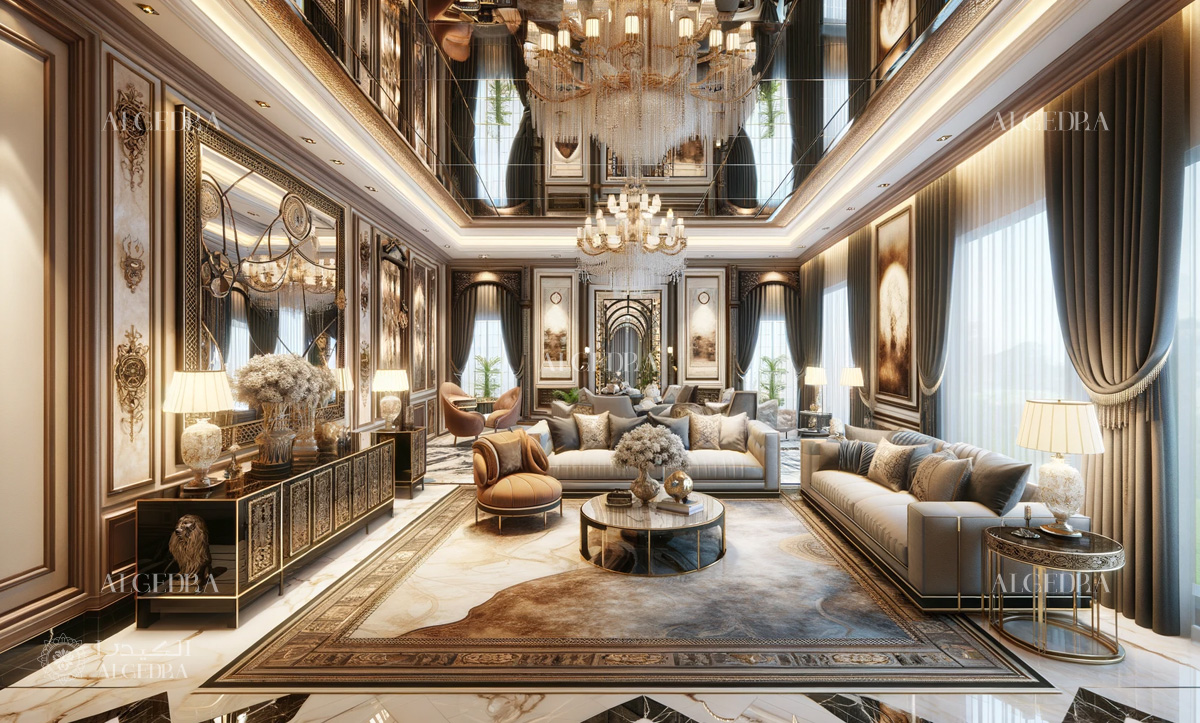
6. Industrial Edge
Style: Metal frames with a raw, unfinished look.
Incorporation: Works well in lofts or spaces with an industrial vibe. Large mirrors with metal frames can complement exposed brick or metal elements in the room.

Conclusion
Mirrors are a dynamic and flexible element in interior design, capable of transforming the aesthetics and feel of a room. By understanding the space, purpose, and desired style, one can effectively incorporate mirrors to enhance the beauty, light, and perception of space in any interior setting.
Whether opting for a traditional, modern, or eclectic approach, mirrors offer endless possibilities to elevate the design of a home.